Introduction of food grade aluminum foil
Food grade aluminum foil is a specialized type of aluminum foil that is specifically manufactured and approved for direct contact with food. It is designed to meet stringent safety and hygiene standards to ensure the protection of the food it comes into contact with. Food grade aluminum foil is widely used in the food industry for packaging, cooking, and storing various food products.
Food grade aluminum foil offers exceptional barrier properties, effectively protecting food from moisture, light, oxygen, and contaminants. It helps to preserve the freshness, flavor, and quality of packaged food items. The foil’s excellent heat conductivity makes it suitable for cooking, baking, and reheating food, enabling even heat distribution and efficient cooking times.
Apart from food packaging, aluminum foil is utilized in various other industries such as pharmaceuticals, cosmetics, and household products. In pharmaceuticals, it is commonly used for blister packs and medicine aluminum packaging to protect sensitive medications from external factors. In the cosmetics industry, aluminum foil is utilized for packaging creams, lotions, and other beauty products. It is also employed in household applications for insulation, lining baking pans, grilling, and storing leftovers.
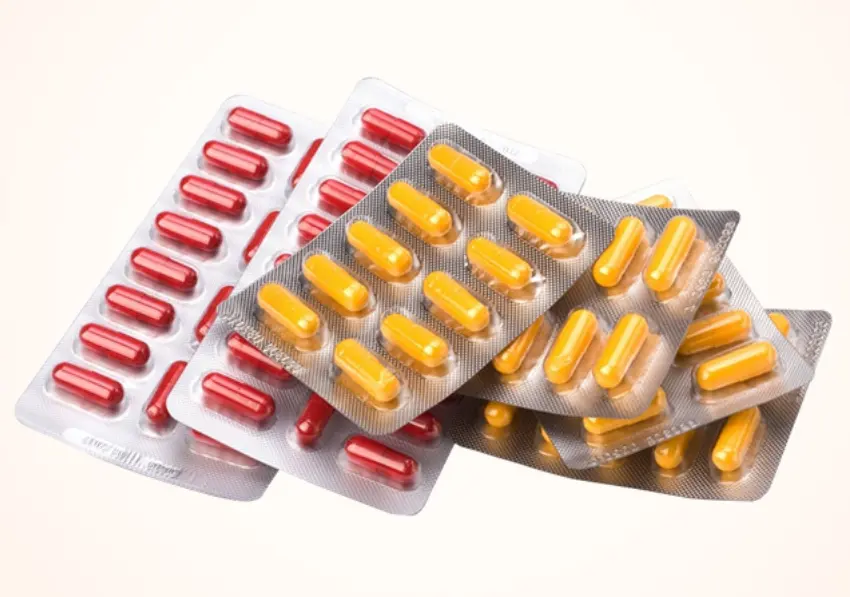
Aluminum foil is a sustainable and environmentally beneficial choice for packaging because of its reputation for recycling. It can be gathered, processed, and recycled to reduce waste while preserving precious resources. Aluminum foil is a cost-effective material that offers great performance and advantages thanks to its lightweight and accessibility.
Although using aluminum foil for cooking is generally safe, it is still important to follow safety guidelines. It is best to stay away from foods that are overly acidic or salty while cooking or keeping food in aluminum foil for an extended period of time. Furthermore, it is crucial to make sure the foil is clean and uncontaminated by any impurities.
Advantages of packaging food with aluminum foil
Food packaging is the most typical use of aluminum foil in daily life. Comparing aluminum foil to other packaging materials, there are various benefits.
1. Barrier qualities: Food grade aluminum foil offers good barrier defense against pollutants, light, moisture, and oxygen. It produces a barrier of defense that aids in maintaining the quality, freshness, and flavor of packaged food goods. Aluminum foil offers better defense against outside forces that could weaken the product than alternative materials like plastic or paper.
2. Heat Conductivity: Food grade aluminum foil efficiently transmits heat thanks to its strong thermal conductivity. It is the perfect substance for uses that include preparing, baking, or reheating food. It aids in promoting even heat distribution, guaranteeing that food is adequately heated or cooked all the way through.
3. Flexibility: Food grade aluminum foil is incredibly flexible and may be used for a variety of packaging requirements. It adapts well to diverse food products’ shapes and sizes and is simple to mold, fold, and wrap around them. It can be used to package large goods, oddly shaped products, or single servings.
4. Hygiene and Safety: To ensure its safety for direct contact with food, food grade aluminum foil is produced in accordance with stringent hygiene guidelines. Its non-toxicity and non-reactivity make it a safe and hygienic material for packaging. Additionally, aluminum foil stops food from becoming contaminated with other kinds of food.
5. Recyclability: Food grade aluminum foil can be recycled and does so at a high rate. To make fresh aluminum products, it is simply collected, processed, and reused. Aluminum foil is a resource- and waste-efficient packaging option that promotes environmental sustainability.
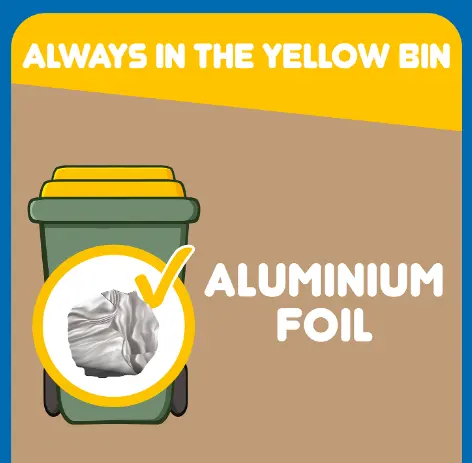
6. Shelf Appeal: Food grade aluminum foil gives packaging a stylish and expert appearance. The product has a metallic, shiny surface that improves its aesthetic attractiveness. A premium and high-quality impression can be given to customers via aluminum foil’s shiny surface.
7. Practicality: Food grade aluminum foil is lightweight, manageable, and easy to store. Its flexibility makes it simple to fold, wrap, and divide out food for eating while on the go. Reheating or cooking food inside an aluminum foil wrapping is also practical.
Aluminum foil and health
There have been many doubts about the use of aluminum products in food packaging in recent years, there have been concerns about whether aluminum foil can be harmful to health
Food preparation and storage with aluminum foil are generally regarded as safe. It has been thoroughly assessed by regulatory agencies and scientific studies, and there have been no substantial risks to health connected with its routine use.
Aluminum foil is approved for use by regulatory agencies such as the U.S. FDA and the EFSA. These agencies have evaluated the safety of aluminum foil and have determined it to be safe for use in contact with food.
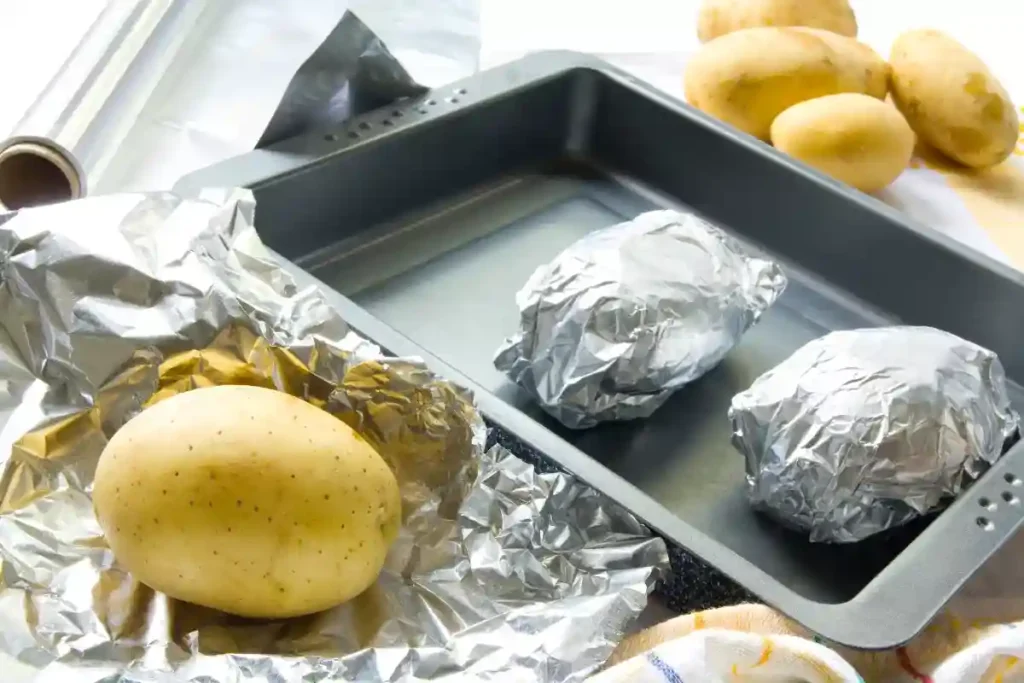
While it is true that a small amount of aluminum can migrate from the foil to food, especially when in contact with acidic or salty foods, the levels are generally considered minimal and within safe limits. The World Health Organization (WHO) states that the contribution of aluminum from food packaging to the overall dietary intake is usually insignificant.
Aluminum is a naturally plentiful element that can be found in a variety of environments, including water, soil, and food. Furthermore, trace quantities of aluminum have been found in a variety of fruits, vegetables, and cereals. Through its natural metabolic processes, the human body is capable of efficiently processing and eliminating aluminum.
Following safe usage instructions can help to reduce any potential risks even more. Aluminum foil should not be used with very acidic or salty foods, especially when cooking or storing for an extended period of time. It is also best to avoid using broken or ripped foil and to keep it clean and free of impurities.
As with any health-related issue, it is vital to keep informed through dependable sources and adhere to correct food handling and storage procedures.
Why aluminum foil typically has one shiny side and one dull side?
During the production of aluminum foil, the metal goes through a process called rolling, where it is pressed and flattened to achieve the desired thickness.
As the aluminum foil is rolled, it comes into touch with various rolls, including highly polished and matte-finished rolls. The foil’s shining side contacts the polished rolls, while the dull side contacts the matte-finished rolls.
The contact with the polished rolls gives the aluminum foil a smooth and reflective surface, resulting in the shining side. Contact with the matte-finished rolls, on the other hand, provides a somewhat coarser texture on the foil, resulting in the dull side.
The shiny side of aluminum foil has a higher reflectivity, meaning it reflects lighter and heat. This property makes it suitable for applications where heat reflection is desired, such as wrapping food to retain heat during cooking. The dull side, with its slightly rougher surface, has lower reflectivity but can still provide some heat insulation.
There is no functional or performance difference between the shiny and matte surfaces of aluminum foil. Both sides can be used for a number of tasks, including food storage, preparation, and wrapping. Depending on your particular needs or preferences for heat reflection or insulation, you should use either the shiny side or the dull side of the foil.

The production process of aluminum foil
Usually, the following steps are involved in the manufacture of aluminum foil:
First, prepare the aluminum ingots: The preparation of aluminum ingots is the first step in the process. Aluminum is mined from bauxite ore and refined before being formed into huge blocks or ingots. The ingots are typically 20-30 kilos in weight and of high purity.
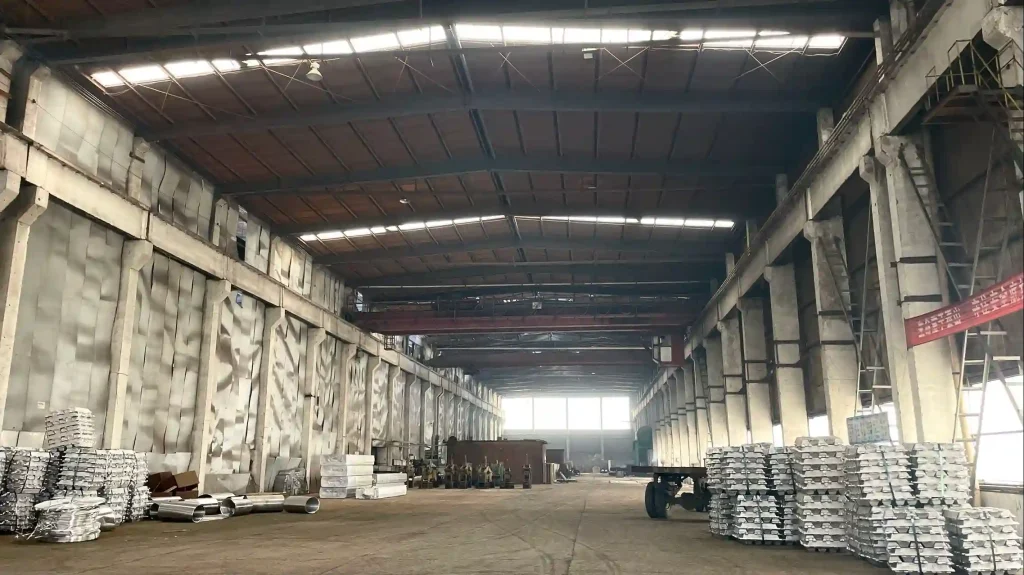
Second step, rolling: The aluminum ingots are heated and rolled repeatedly through a series of rolling mills. The rolling process gradually reduces the thickness of the aluminum while increasing its length. This is done through a combination of hot rolling and cold rolling techniques.
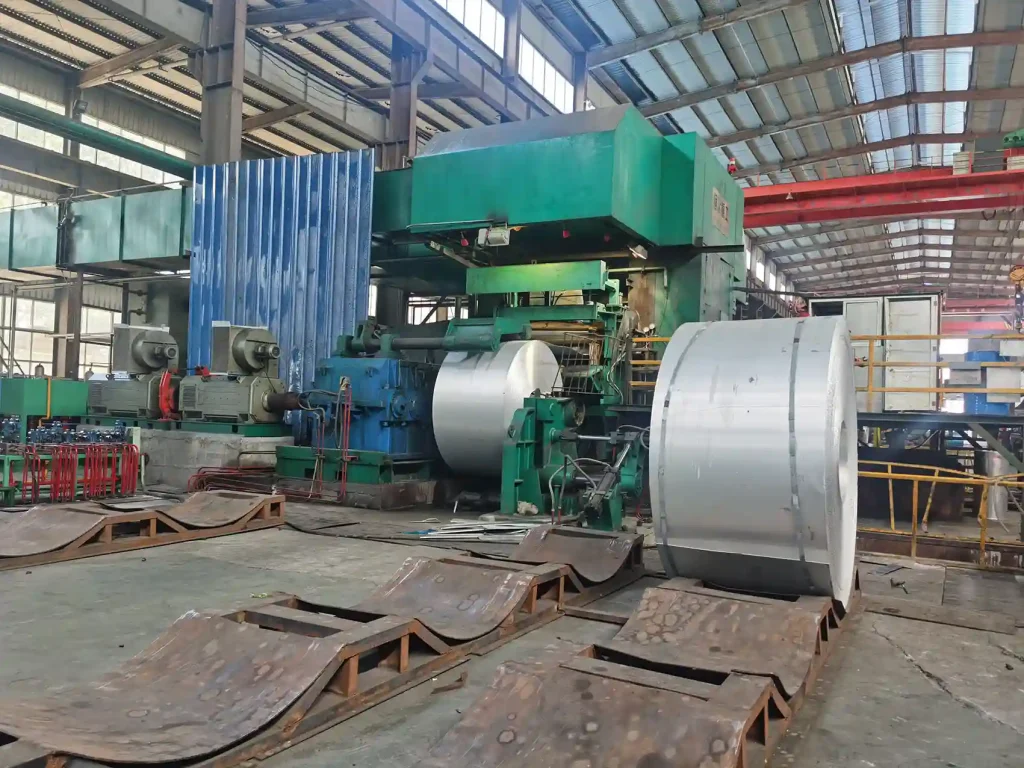
Third step, annealing: After the initial rolling, the aluminum strip is annealed. Annealing involves heating the strip to a specific temperature and then cooling it slowly. This process helps to soften the aluminum and improve its malleability and ductility, making it easier to work with in subsequent manufacturing steps.

Forth step, rolling mills: The annealed aluminum strip is passed through rolling mills multiple times to achieve the desired thickness. Each pass through the rolling mills reduces the thickness of the strip further. The rolling mills consist of a series of rollers that exert pressure on the aluminum strip, gradually reducing its thickness to the required gauge.
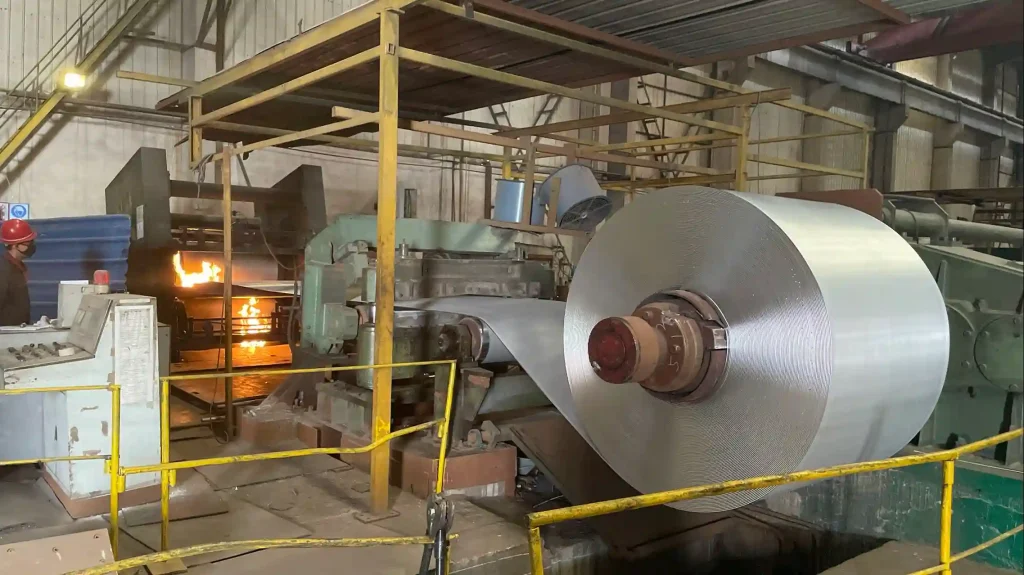
Fifth step, slitting: Once the desired thickness is achieved, the aluminum strip may undergo slitting. Slitting is the process of cutting the wide strip into narrower rolls of aluminum foil. Slitting machines are used to precisely cut the strip into various widths according to the requirements of the final product.
Sixth step, annealing and surface treatment: The slit aluminum foil is annealed once again to remove any residual stresses and enhance its flexibility. Surface treatments may also be applied to improve the foil’s appearance, such as applying a lubricant or coating to facilitate its release from the rolling mills or enhance its barrier properties.

Quality Control and Inspection: Quality control procedures are conducted throughout the production process to guarantee the foil satisfies the needed requirements. Inspections are conducted to detect flaws such as surface faults, thickness differences, or other visible anomalies. Testing can also be done to confirm the mechanical and barrier qualities of the foil.
Packaging and distribution are the final steps. The final aluminum foil rolls are packaged to meet certain specifications such as roll size, weight, and customer preferences. The bundled aluminum foil rolls are then available for distribution and shipment to a variety of industries and customers who use aluminum foil for a variety of applications.
Food grade aluminum foil & Purchase suggestion
Yongsheng aluminum is a manufacturer of aluminum foil, food grade aluminum foil, provide various types of aluminum materials, including food grade aluminum foil. When choosing food grade aluminum foil, we need to pay attention to some general characteristics of food-grade aluminum foil:
1. Purity: Food grade aluminum foil is made from high purity aluminum, typically with a purity level of 99% or higher. This ensures that the foil does not contain harmful impurities that could potentially leach into food.
2. Barrier Properties: Aluminum foil has excellent barrier properties, which means it helps to protect food from external factors such as moisture, light, oxygen, and contaminants. It acts as a barrier to maintain the freshness, flavor, and quality of the food.
3. Heat Conductivity: Aluminum foil is an excellent conductor of heat, allowing for efficient and even heat distribution during cooking or reheating. It is commonly used for wrapping and covering food items to promote uniform cooking and prevent heat loss.
4. Flexibility and Conformability: Aluminum foil is highly flexible and can be easily folded, shaped, and wrapped around food items of various shapes and sizes. This makes it versatile for different food storage and preparation needs.
5. Hygiene and Safety: Food grade aluminum foil is manufactured under strict hygiene standards to ensure its safety for use with food. It is typically produced in a clean and controlled environment to minimize the risk of contamination.
6. Recyclability: Aluminum foil is recyclable, making it an environmentally friendly choice for food packaging. It can be recycled and reused to conserve resources and reduce waste.
The specific characteristics and quality of food grade aluminum foil may vary among different brands and manufacturers. When selecting aluminum foil for food use, it is recommended to choose reputable brands that adhere to food safety standards and regulations. This is also what Yongsheng can provide for you!



